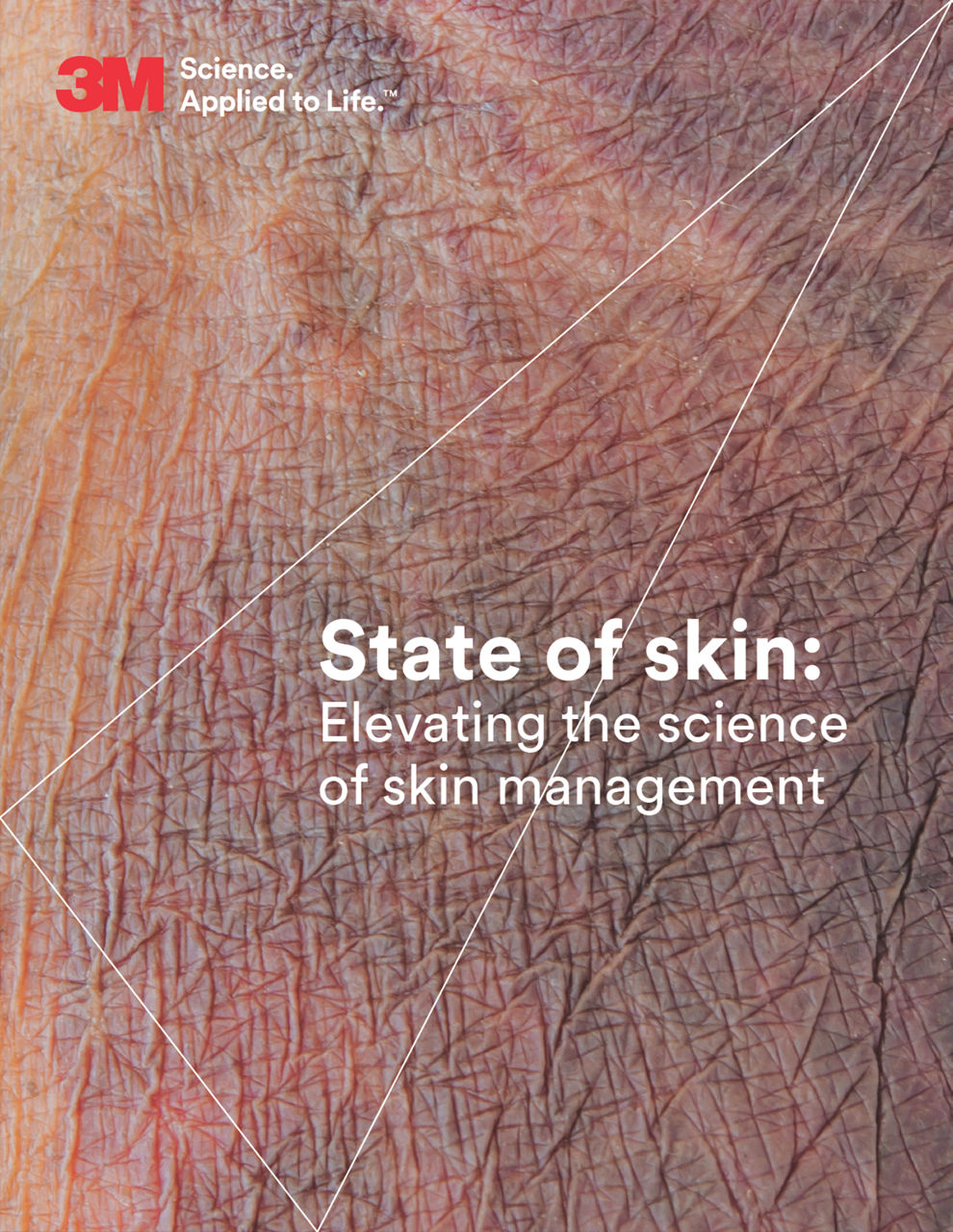Advanced skin care
Protecting skin integrity
You face the challenge of preserving your patients' skin health amidst conditions that could compromise it. Your dedication to maintaining and restoring skin integrity involves focusing on the prevention and treatment of common conditions.
Empower skin health
Safeguard and nurture at-risk or compromised skin with our innovative solutions, thoughtfully formulated to prioritise skin health. Delve into our 3M™ Cavilon™ Skin Care Solutions, meticulously developed to prevent and address MASD, MARSI and PU.
Explore resources
Explore more
References:
- Nix D, Haugen V. Prevention and management of Incontinence-Associated Dermatitis. Drugs Aging. 2010;27(6):491-6.
- Gray M, Bartos S. Incontinence Associated Dermatitis in the Acute Care Setting: A Prospective Multi-site Epidemiologic Study. Presented at the 23rd Annual Meeting of the Wound Healing Society. 2013.
- Farris, MK, Petty M, Hamilton J, Walters SA, Flynn MA. Medical Adhesive-Related Skin Injury Prevalence Among Adult Acute Care Patients: A Single-Center Observational Study. Journal of Wound Ostomy & Continence Nursing. 2015;42(6): 589-598.
- Gray M, Giuliano KK. (2018). Incontinence-associated dermatitis, characteristics and relationship to pressure injury: a multisite epidemiologic analysis. Journal of Wound Ostomy & Continence Nursing, 45(1):63-67
- 3M 2018 Medical Tape Market Research. 563 completed clinician interviews. On file at 3M.
- 3M data on file. Mean values. LAB-05-310252.




